What’s in a name? We’re uncovering the mysteries behind the monikers of some of Lakeland’s most famous landmarks. See how many locations’ backstories you know.
Marble Arcade
This downtown high-rise at 129 S. Kentucky Ave. was built in 1926, and, unfortunately, its name doesn’t mean you’ll find any games there. The name comes from its original “arcade” architectural style (think: A succession of arches like the Coliseum in Rome) lined with black marble.
Joker Marchant Stadium
You won’t find Batman’s nemesis hanging around at any Lakeland Flying Tigers games. The team’s stadium is named after Marcus “Joker” Marchant, Lakeland’s first Parks and Recreation director, who helped bring TigerTown to life.
Peggy Brown Building
This public building on Lake Mirror gets its name from one of Lakeland’s former mayors and longest-serving commissioners. Peggy C. Brown was elected as mayor of Lakeland in 1976 and 1984, and she served on the City Commission from 1974 to 1995.
Lake Crago
This man-made lake was named in 1964 to honor Arthur Crago, a Polk County resident who worked in the phosphate industry, revolutionizing some of its processes. Arthur was also devoted to land conservation and repair, earning the Conservationist of the Year award from the Kiwanis Club in 1965.

Today, Cleveland Heights is know for its palm tree-lined streets.
Photo by @papertams
Cleveland Heights
In 1923, Lakeland was looking to grow by adding a new neighborhood. Enter: Real estate developer H.A. Stahl. He bought 560 acres of land for just under a million dollars and named the area after his hometown of — surprise, surprise — Cleveland, OH. When the Great Depression hit, Stahl lost his investment and the development was taken over by the City.
Munn Park
The park at the center of downtown Lakeland is named after one of the city’s first settlers. Kentucky native Abraham Munn bought 80 acres of land in Central Florida in 1882. Although the name Munnville was floated for the land, it was incorporated under the name “Lakeland” in 1885. Munn’s name lives on downtown, just look for it at the park’s entrances.
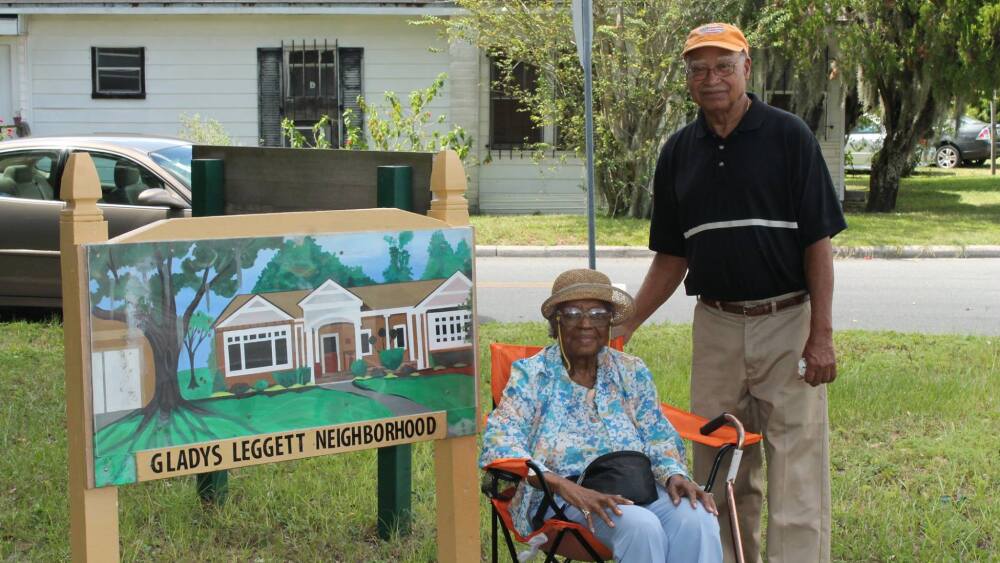
Gladys Leggett and Neighborhood Association President Morris Chestang
Photo via City of Lakeland
Gladys Leggett Neighborhood
This north Lakeland neighborhood is bordered by Kathleen Road, 10th Street, and the CSX railroad tracks. Its namesake was community leader Gladys Leggett, who was born in 1920 and died in 2018. Leggett worked with the NAACP and fought for equality during the Civil Rights Movement.
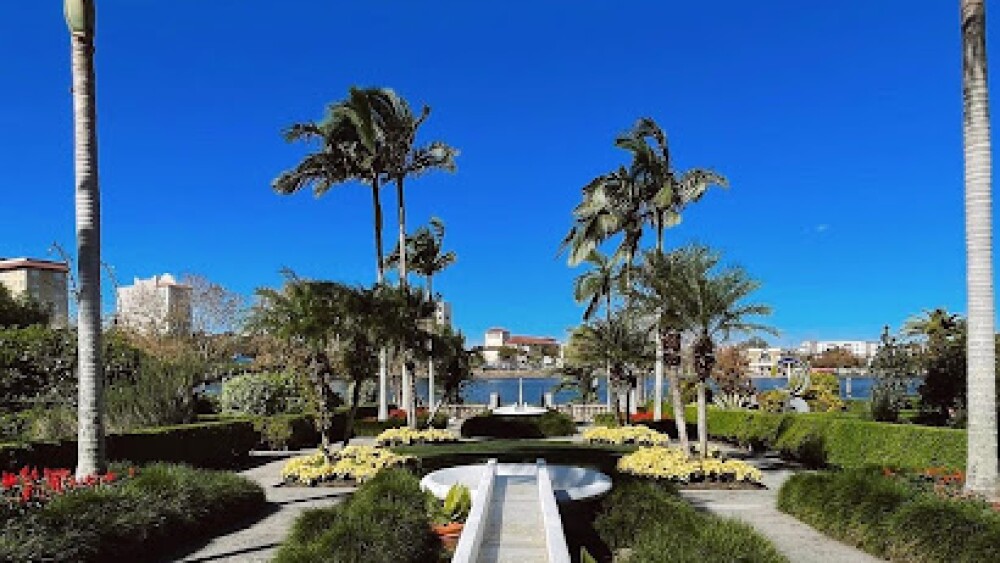
Pro tip: It’s always free to visit Hollis Garden.
Photo via @thewanderingconk
Hollis Garden
Mark C. Hollis was the president of Publix from 1984 to 1996, and his family has been invested in local philanthropy for years. In addition to this public garden overlooking Lake Mirror, you can also find the family name on other landmarks like Lakeland Regional Health’s Hollis Cancer Center and Bonnet Springs Park’s Hollis Family Welcome Center.
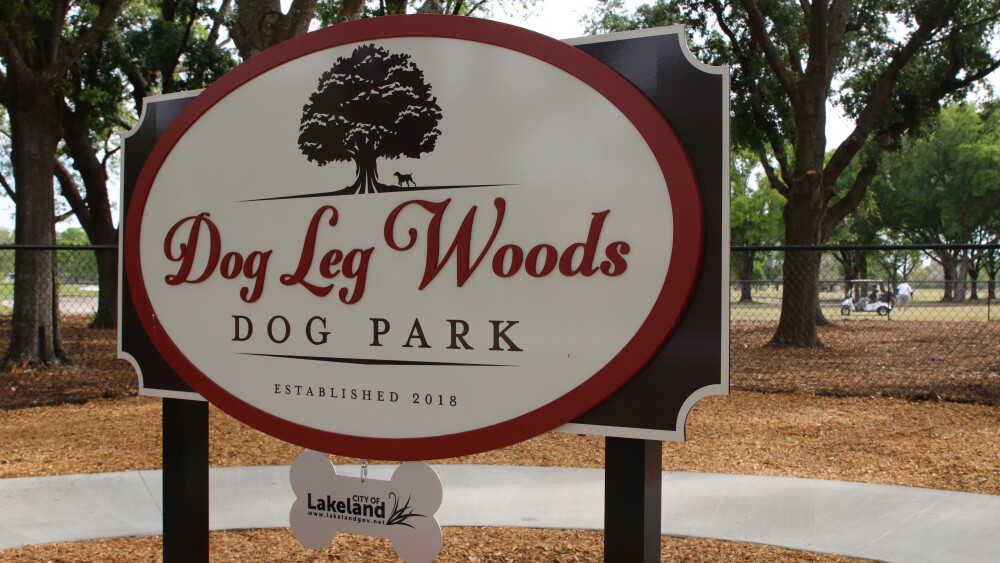
Take your pup this park for views of Cleveland Heights Golf Course.
Photo via City of Lakeland
Dog Leg Woods
The name of this Cleveland Heights dog park may seem simple on the surface, but golfers might recognize another meaning. On a golf course, a “dogleg” is a challenging hole with a crooked green, similar in shape to a dog’s leg — the perfect name for a dog park by a golf course.

Diggs served in the US Army from 1918 to 1919 during World War I.
Photo via the City of Lakeland
Paul A. Diggs Neighborhood
This community across from Lakeland Regional Medical Center is named after one of the area’s former residents. Paul A. Diggs first came to Swan City after serving in World War I and stayed here until 1958. In his time as a Lakelander, Diggs racked up a long list of titles: social worker, high school sports coach, writer, and soda shop owner are just a few. In 1993, the neighborhood was named after him in honor of his commitment to community improvements.
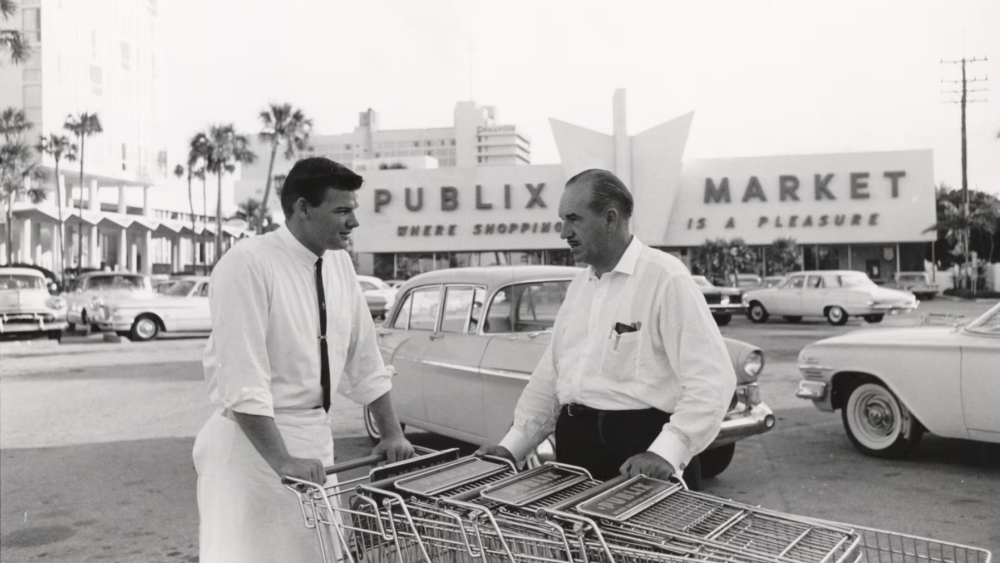
George Jenkins (right) opened his first store in 1930 — now there are 1,300+.
Photo via Publix
George Jenkins High School
Longtime Lakelanders probably already know this one. George W. Jenkins was the founder of Publix Super Markets, opening his first location in Winter Haven before establishing the company’s headquarters in Lakeland. Jenkins was known around town as “Mr. George,” earning a reputation for his booming business, as well as his philanthropic contributions. Today, several landmarks bear his name, including the high school that opened in 1993.
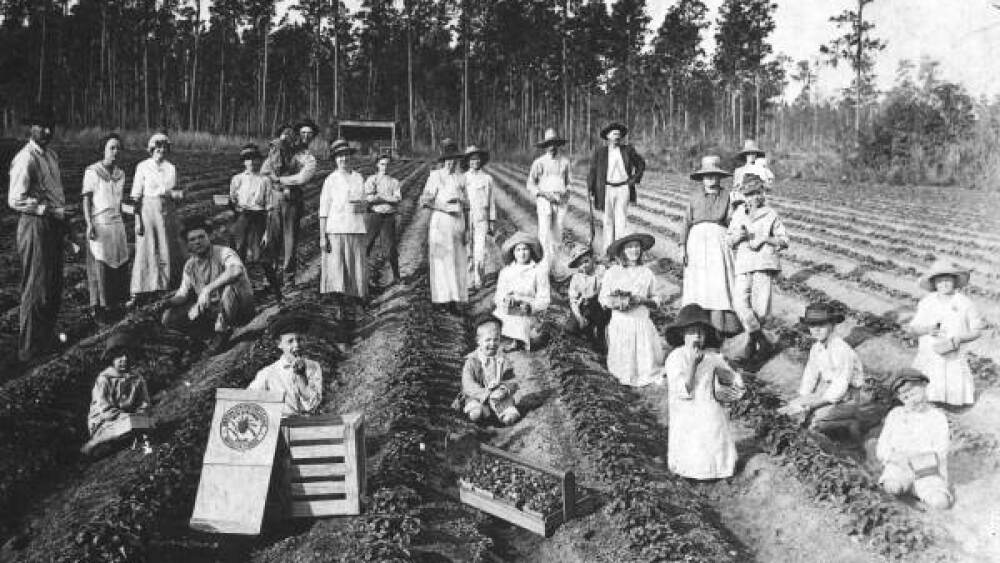
Kathleen was a strawberry industry hotspot before losing its train depot in the 1920s.
Photo via Florida Memory
Kathleen
This area includes a large part of northwest Lakeland, stretching south of I-4. This historic community was one of many that pioneers first called home in the 1800s. Its first settler, Henry Prine, originally named it after his wife Catherine, but later changed its name since another Florida town was called St. Catherine. Learn more about the community’s history from the Kathleen Area Historical Society.
Trammell Building
Originally used as the city’s first public library in 1927, this building on the shores of Lake Morton is now home to the Lakeland Chamber of Commerce. It was named after influential Lakelander Park Trammell in 1955. Trammell worked his way up from Lakeland mayor to Polk County’s representative in the Florida House, later serving as Florida’s governor and a US senator.

The Flying Tigers share the field with Detroit for spring training each year.
Photo by @julio__garza
Tigertown
We’ll skip the obvious here — of course, Tigertown is named after the teams that play there, the Detroit Tigers + the Lakeland Flying Tigers. So where did the Flying Tigers get their name? After the team became affiliated with Detroit in 1963, it was renamed as the Lakeland Tigers. In 2007, the team got its wings when it was renamed once again to pay homage to the Lodwick School of Aeronautics, which trained pilots for WWII where Tigertown now sits.

Today, Lake Wire is bustling — back in the day, it was a tranquil spot.
Image via Florida Memory
Lake Wire
If you wanted to receive a telegraph in 1867, it would come through the wire that ran along the side of the lake, thus the name “Lake Wire.” It stuck better than its original name, “Israel’s Dish,” which was rumored to be based on the story of a cowboy called Israel who left his dish by the lake.
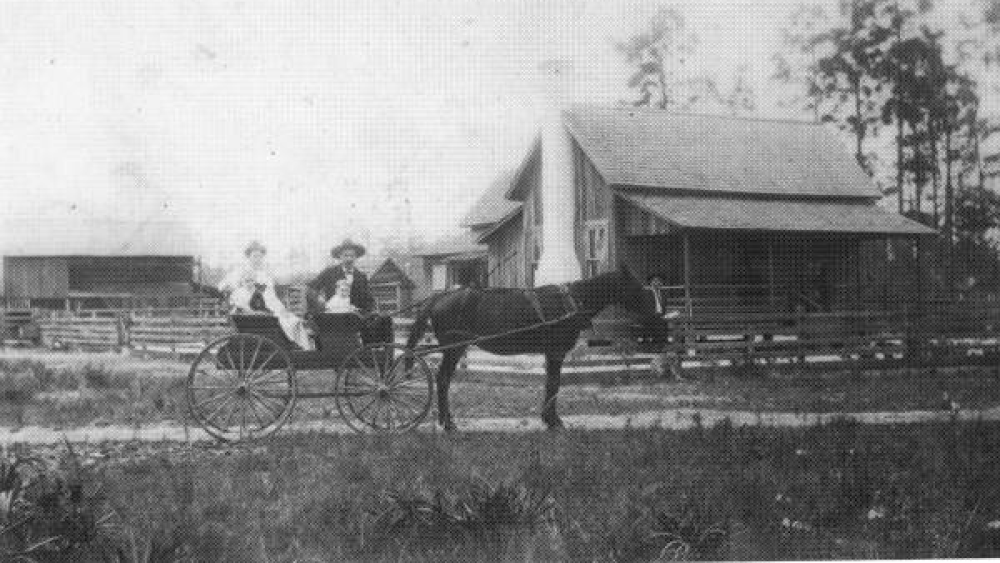
If you traveled back to Medulla in the early 1900s, you might meet the Burson family, seen here.
Photo via Florida Memory
Medulla
The reason behind the name of this area in south Lakeland is a bit of a mystery. The story goes that the town was a connecting point on the local stagecoach line, well before Citrus Connection was running. If the word “medulla” sounds familiar, you could be thinking of the brain’s medulla oblongata, which links the spinal cord and brainstem. See the connection?
Is there another name you want to know the history behind? Drop us a line and we’ll see what we can find.
















